
First Mesolithic Human Figurine Found in Damjili Cave, Azerbaijan
The first human figurine dating back to the Mesolithic period has been discovered in the Damjili Cave in Gazakh, as announced by Doctor of History Yagub Mammadov, the head of the Azerbaijani-Japanese Damjili International Archaeological Expedition affiliated with the Institute of Archeology and Anthropology of the Azerbaijan National Academy of Sciences (ANAS), in a statement to Report news agency.
He noted that similar human figurines have not yet been encountered in known Mesolithic settlements in the Kura River basin and its surroundings, nor in the entire Caucasus region.
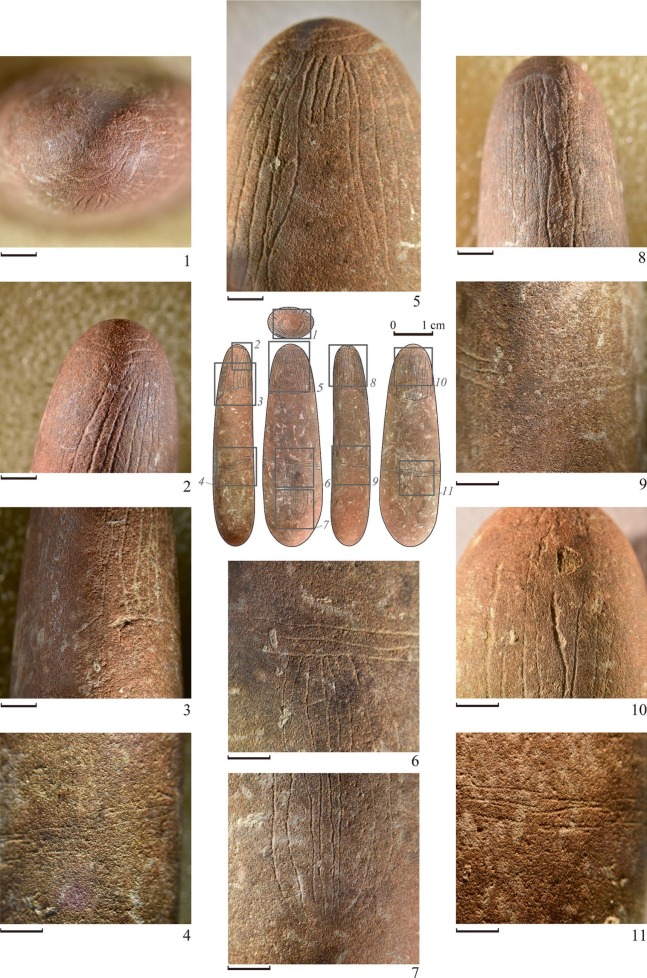
Mammadov stated that the human figurine, discovered during joint Azerbaijani-Japanese archaeological research in Damjili Cave in 2023, was examined using various modern laboratory technologies at a Japanese museum.
He added that the figurine was discovered by Ulviyya Safarova, a researcher at the ANAS Institute of Archeology and Anthropology.
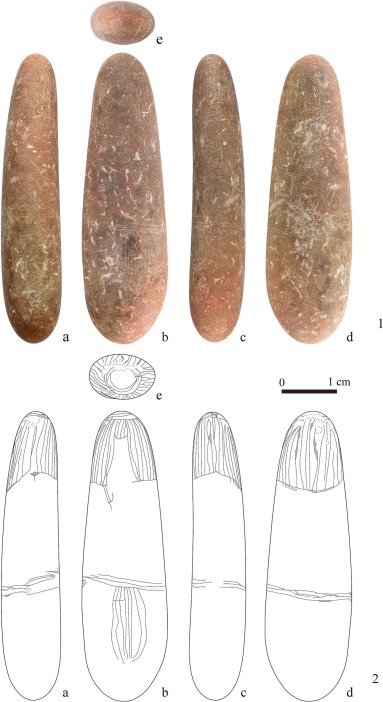
The figurine is 51 mm long and 15 mm wide and is made of sandstone. It depicts a neat hairstyle and a striped belt, but facial features are not depicted.
However, the question of whether this figurine represents a male or a female remains a matter of debate. The first official article about the figurine was published in the 42nd issue of the “Archaeological Research in Asia” journal, which is included in the Web of Science (WOS) and SCOPUS databases and belongs to the Q1 category.
Nishiaki, Y., Safarova, U., Ikeyama, F., Satake, W., & Mammadov, Y. (2025). Human figurines in the Mesolithic-Neolithic transition of the South Caucasus: New evidence from the Damjili cave, Azerbaijan. Archaeological Research in Asia, 42, 100611. https://doi.org/10.1016/j.ara.2025.100611
You may also like
- A 1700-year-old statue of Pan unearthed during the excavations at Polyeuktos in İstanbul
- The granary was found in the ancient city of Sebaste, founded by the first Roman emperor Augustus
- Donalar Kale Kapı Rock Tomb or Donalar Rock Tomb
- Theater emerges as works continue in ancient city of Perinthos
- Urartian King Argishti’s bronze shield revealed the name of an unknown country
- The religious center of Lycia, the ancient city of Letoon
- Who were the Luwians?
- A new study brings a fresh perspective on the Anatolian origin of the Indo-European languages
- Perhaps the oldest thermal treatment center in the world, which has been in continuous use for 2000 years -Basilica Therma Roman Bath or King’s Daughter-
- The largest synagogue of the ancient world, located in the ancient city of Sardis, is being restored

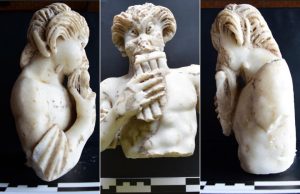
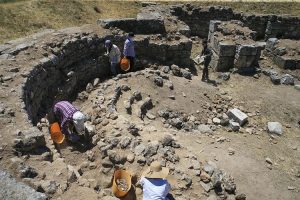
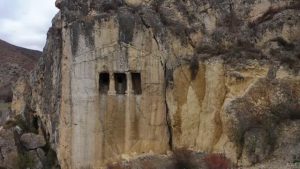
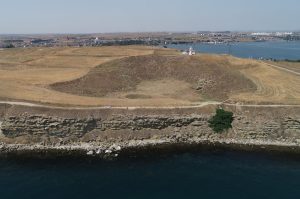
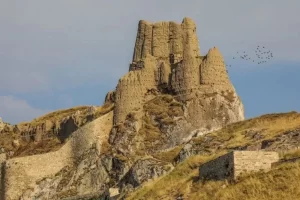

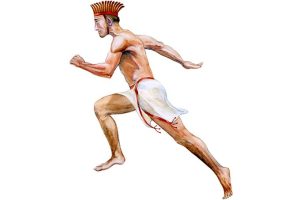

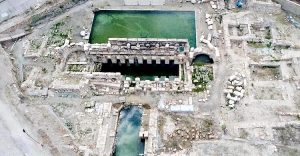
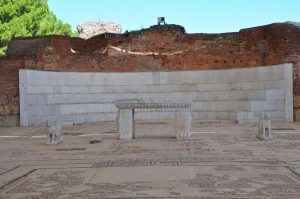
Leave a Reply